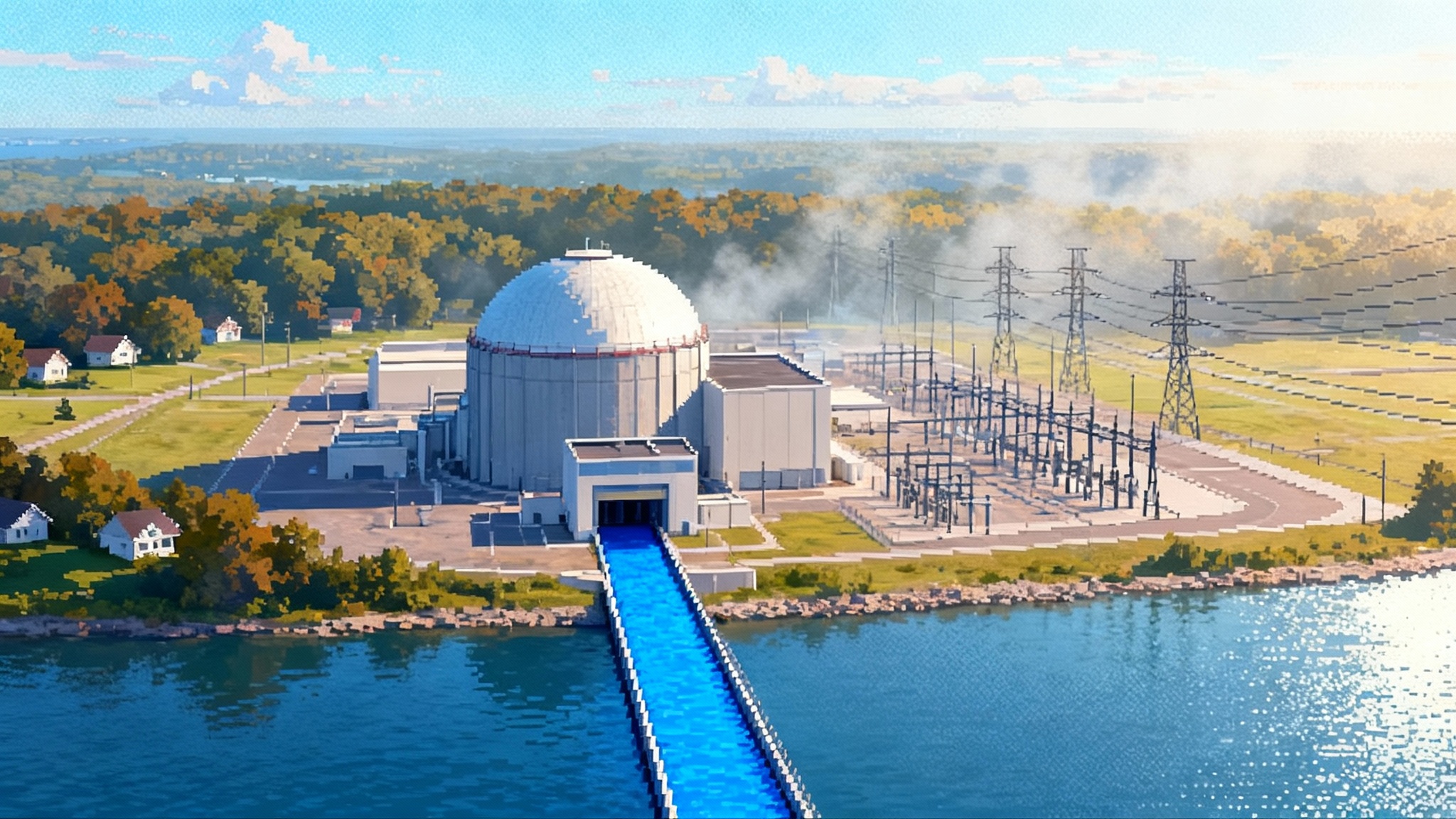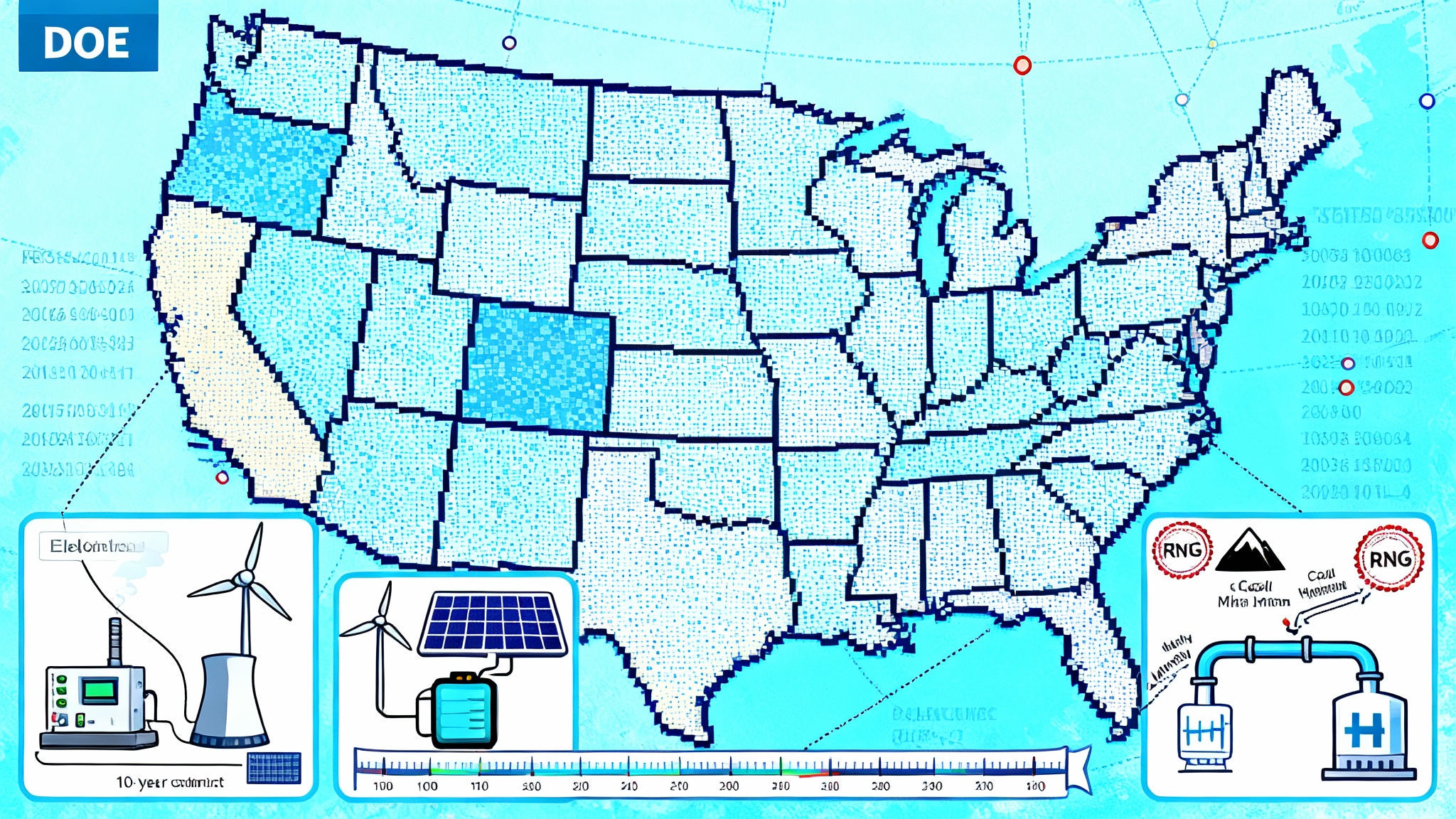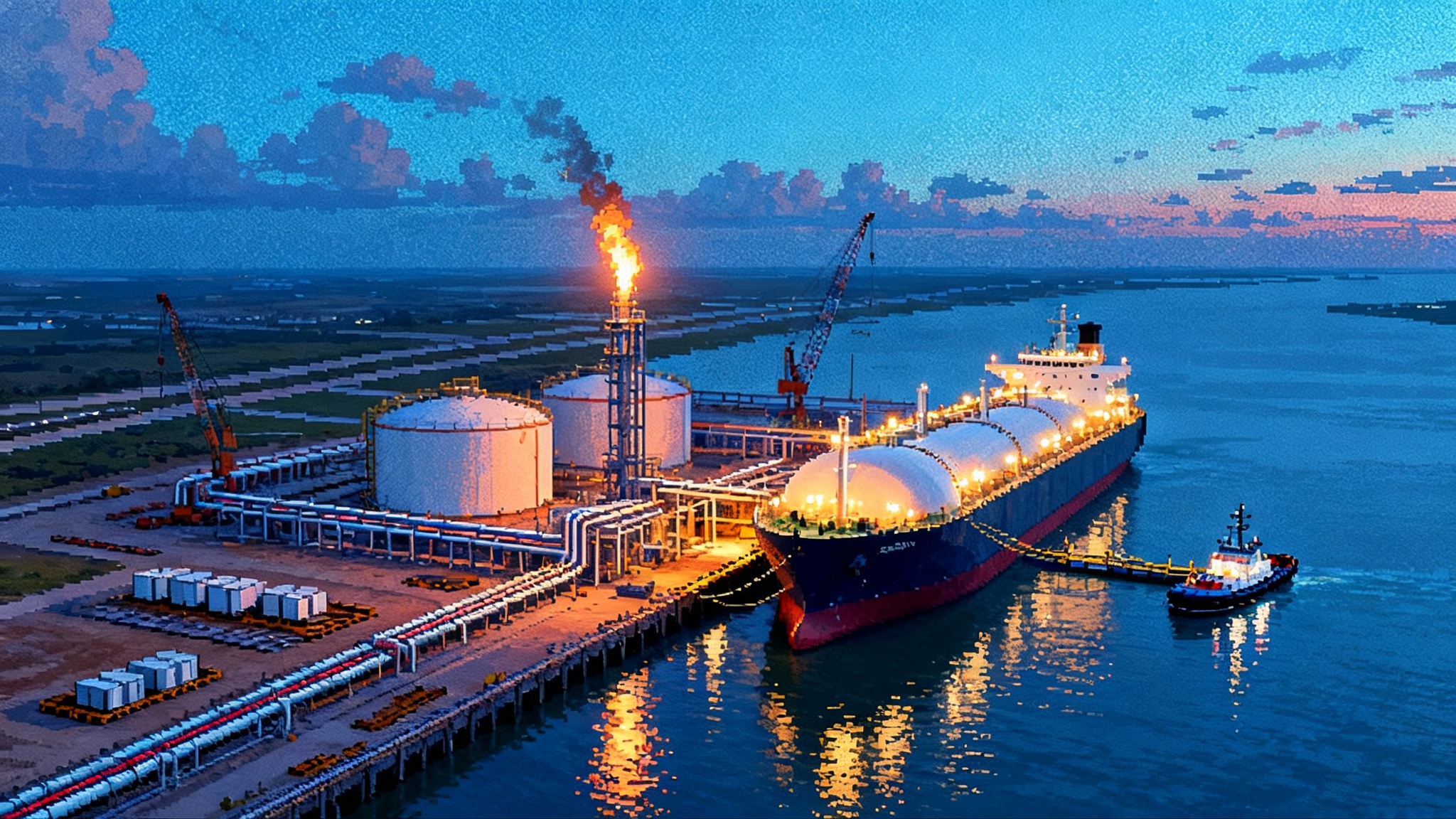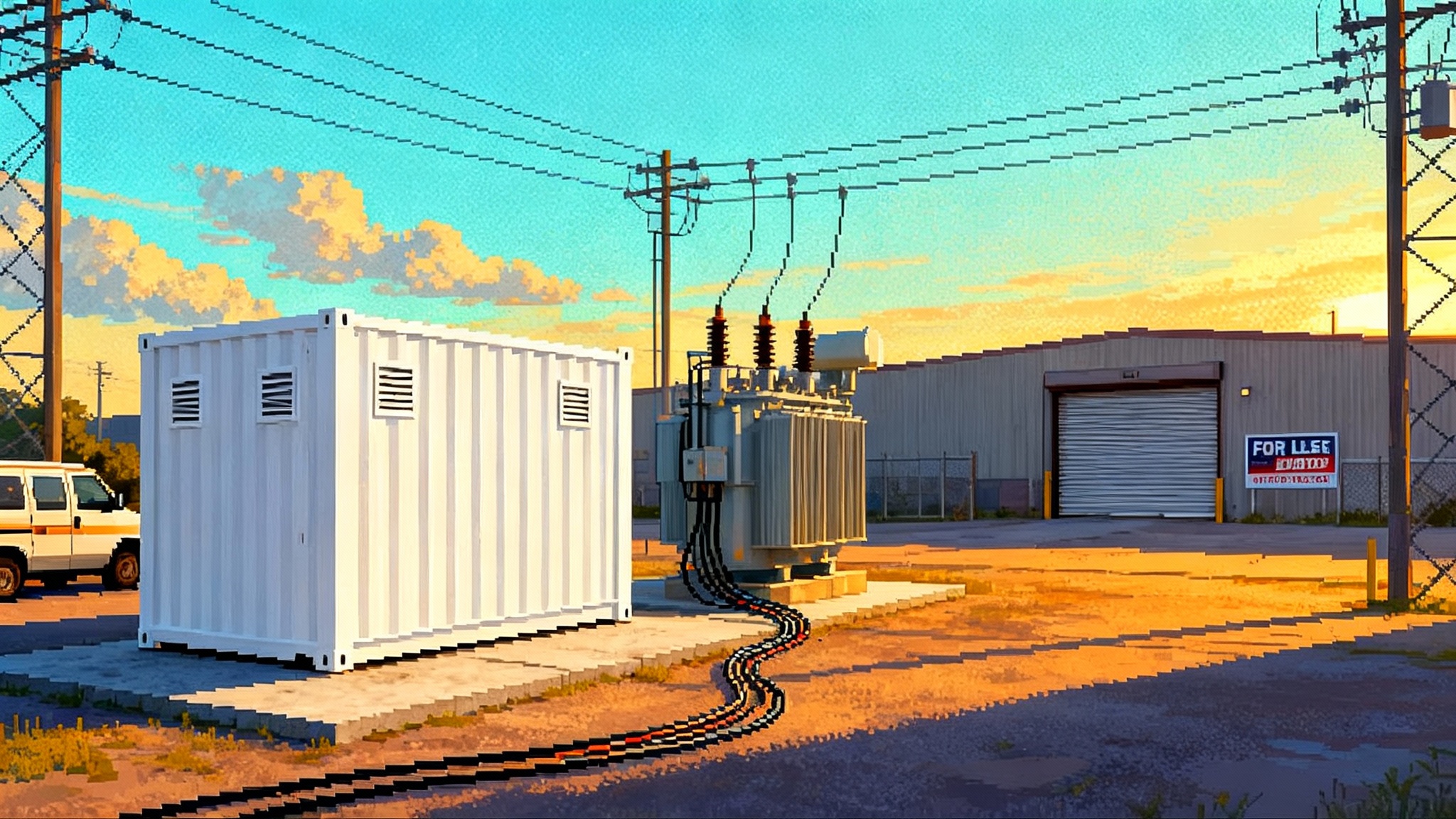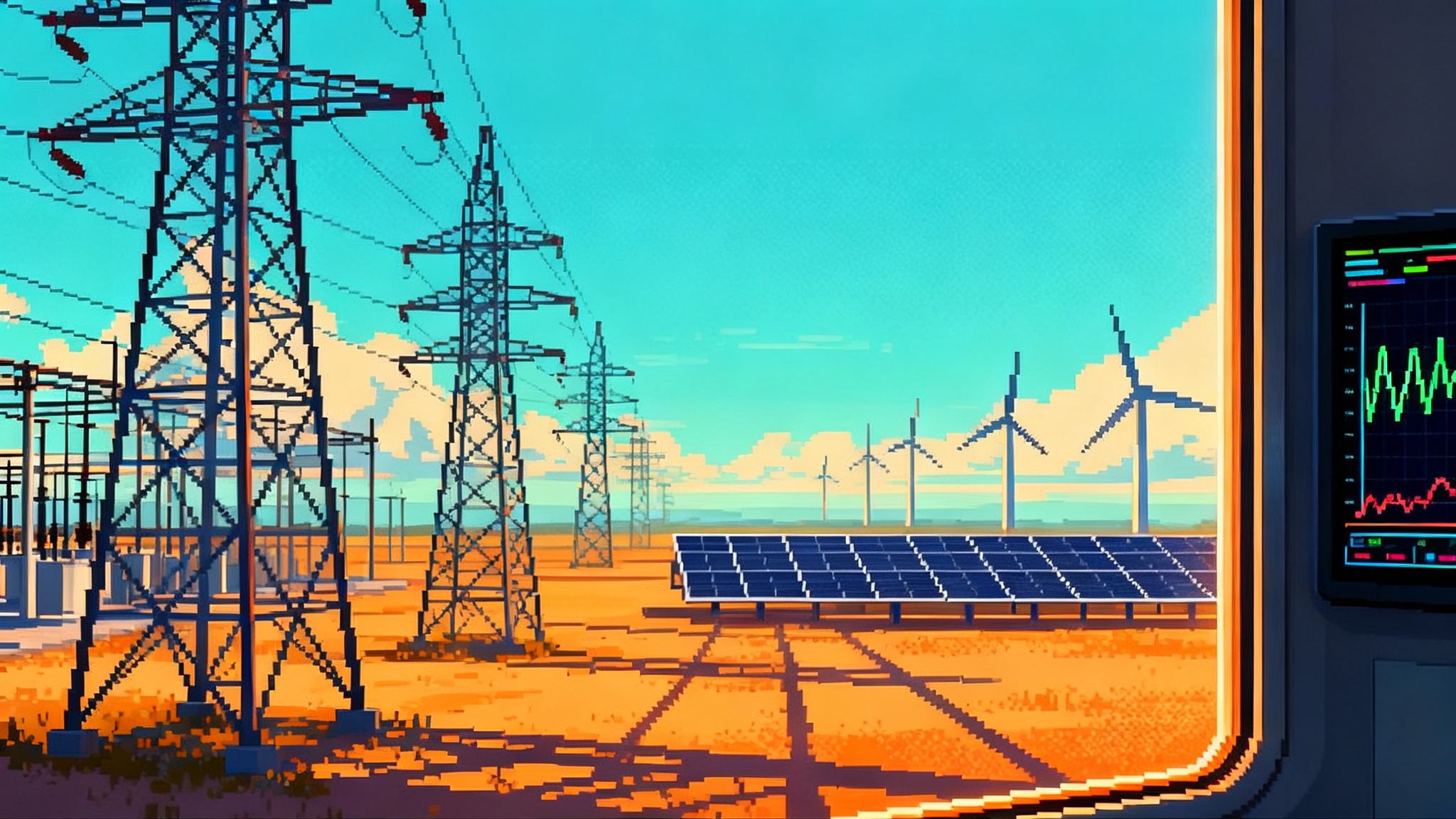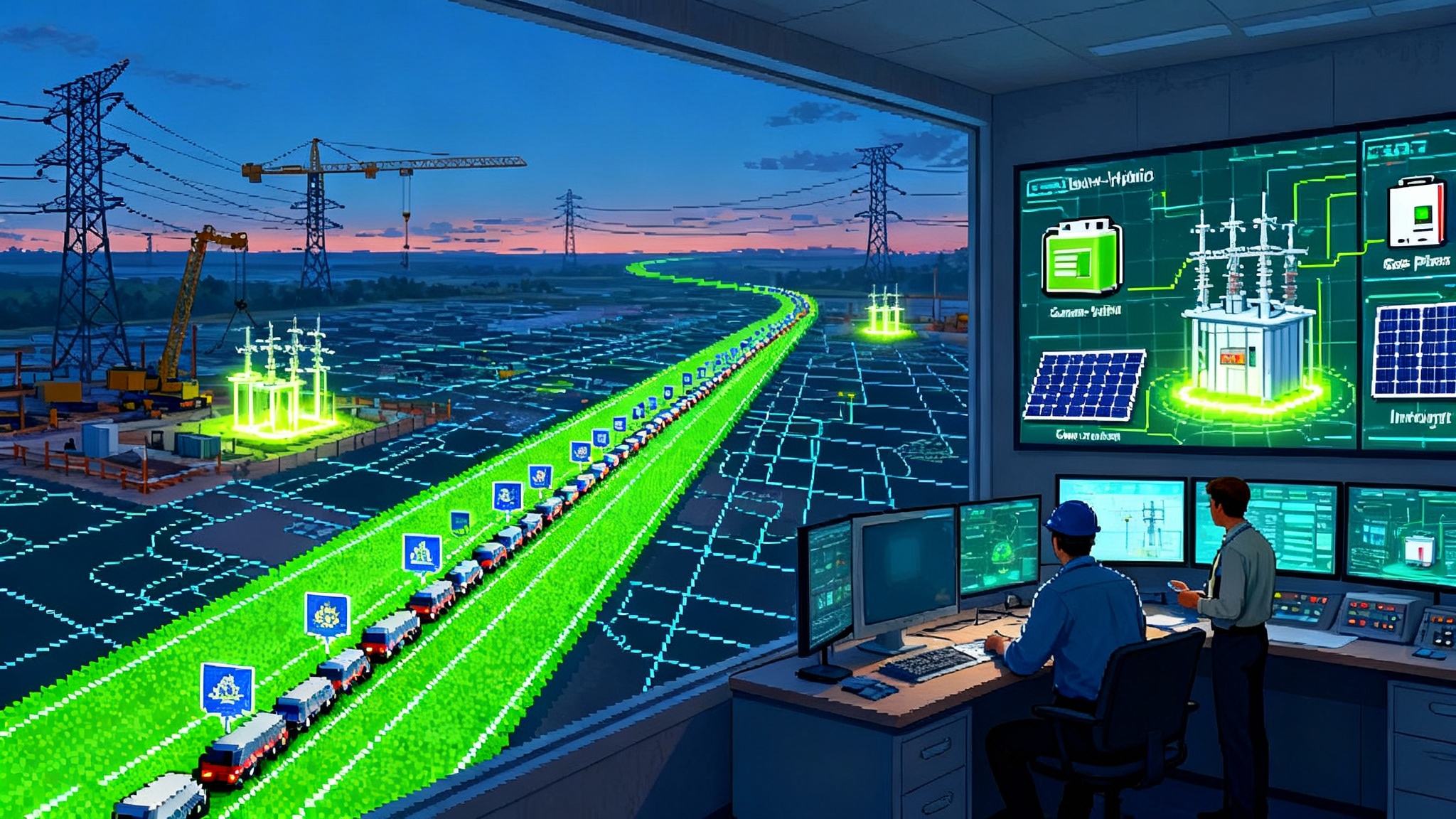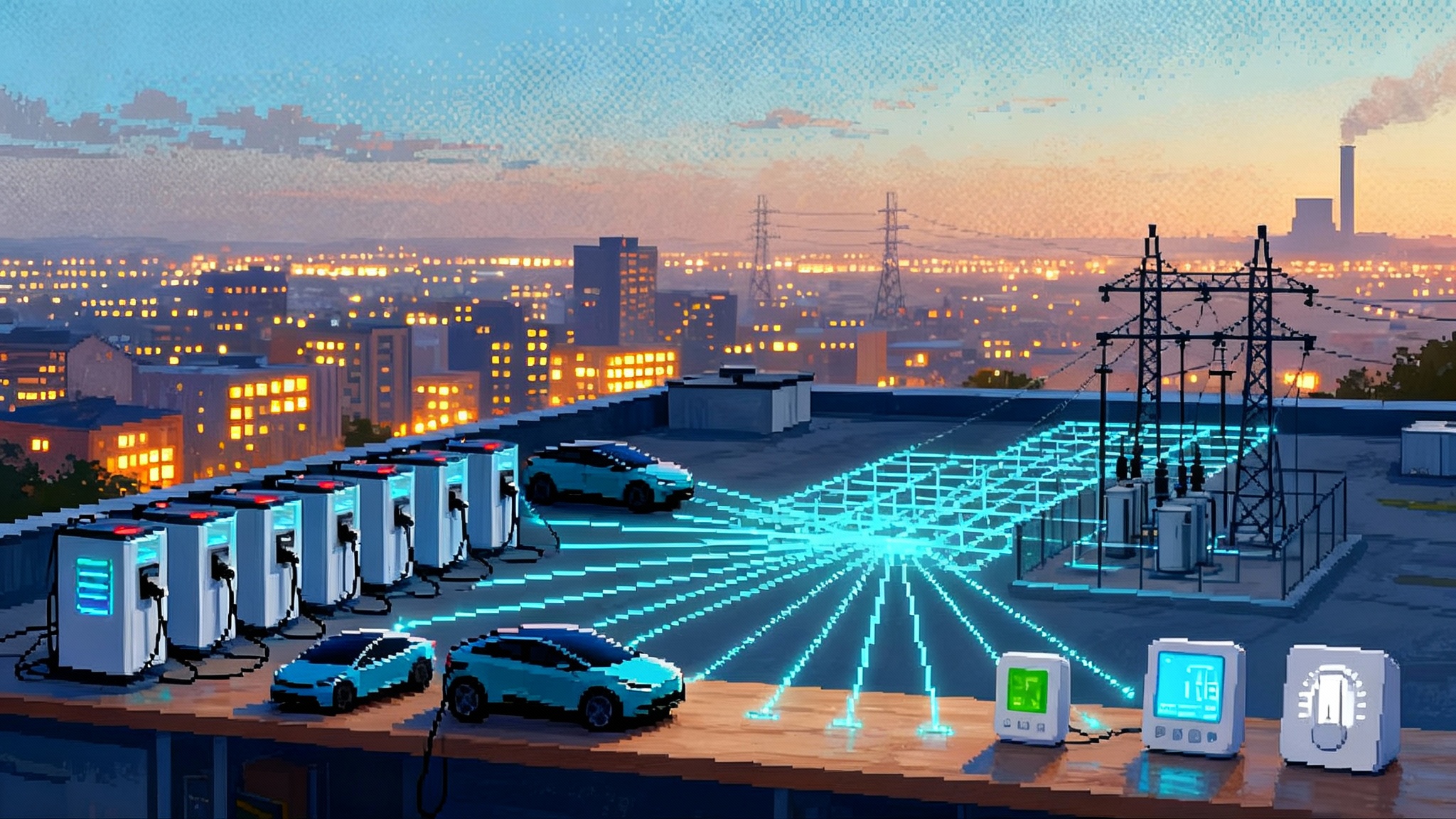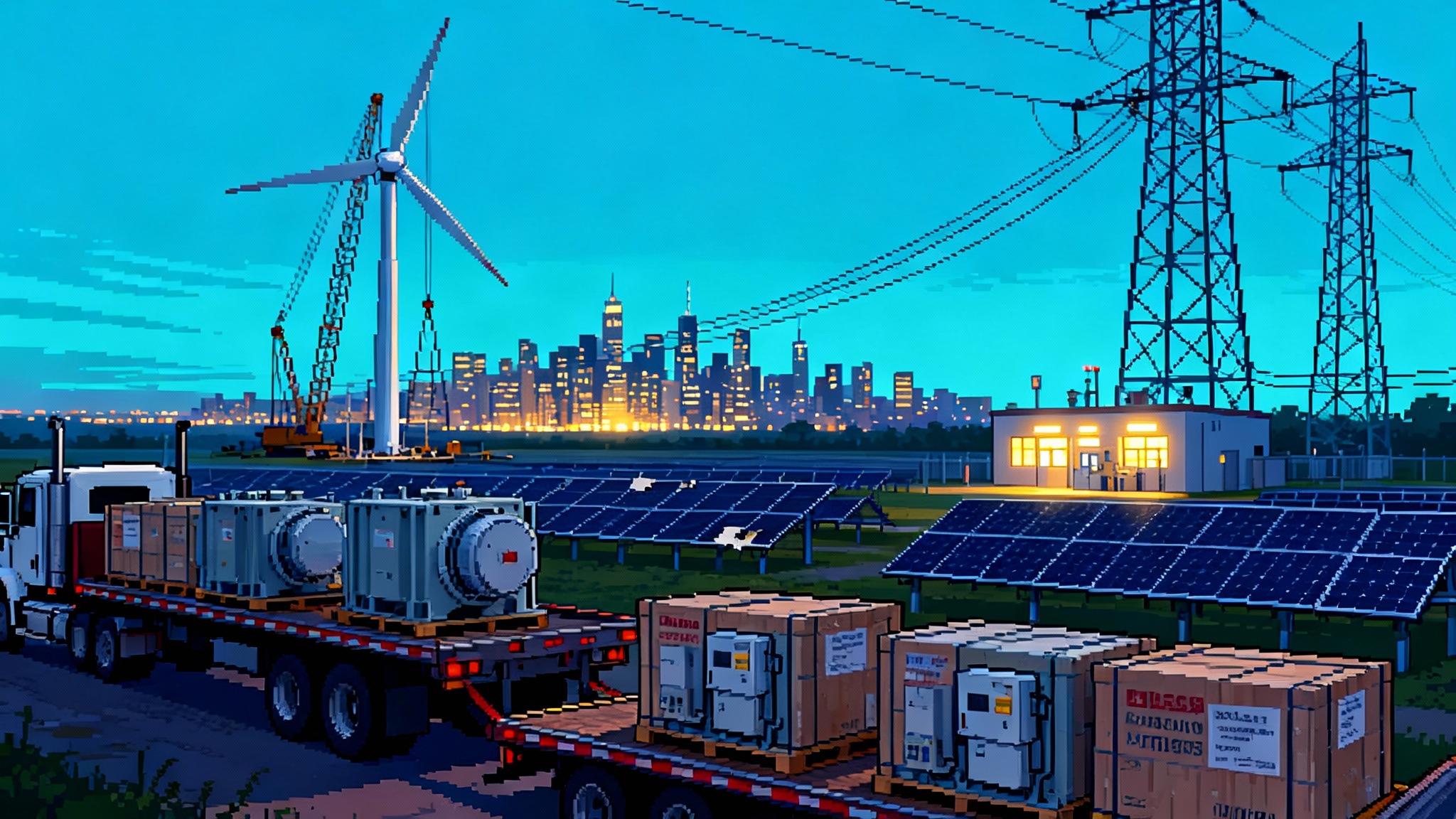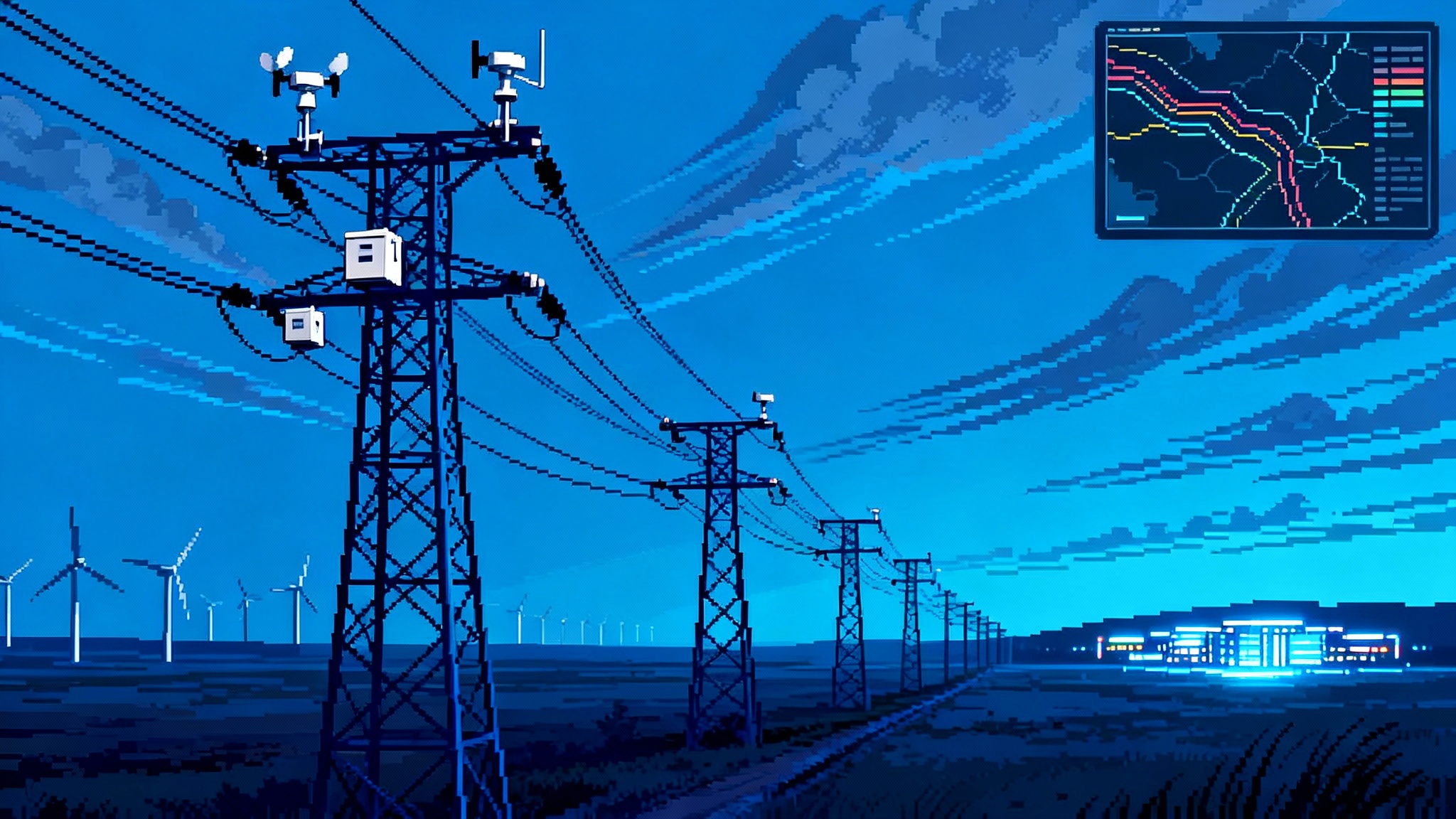Europe Becomes Methane’s Gatekeeper for U.S. Oil and Gas
With the federal methane fee effectively halted in March 2025, the center of gravity moves to Brussels. The EU importer rules start in 2025 and tighten in 2027, making real-time measurement and third-party verification the new ticket for U.S. LNG and shale.
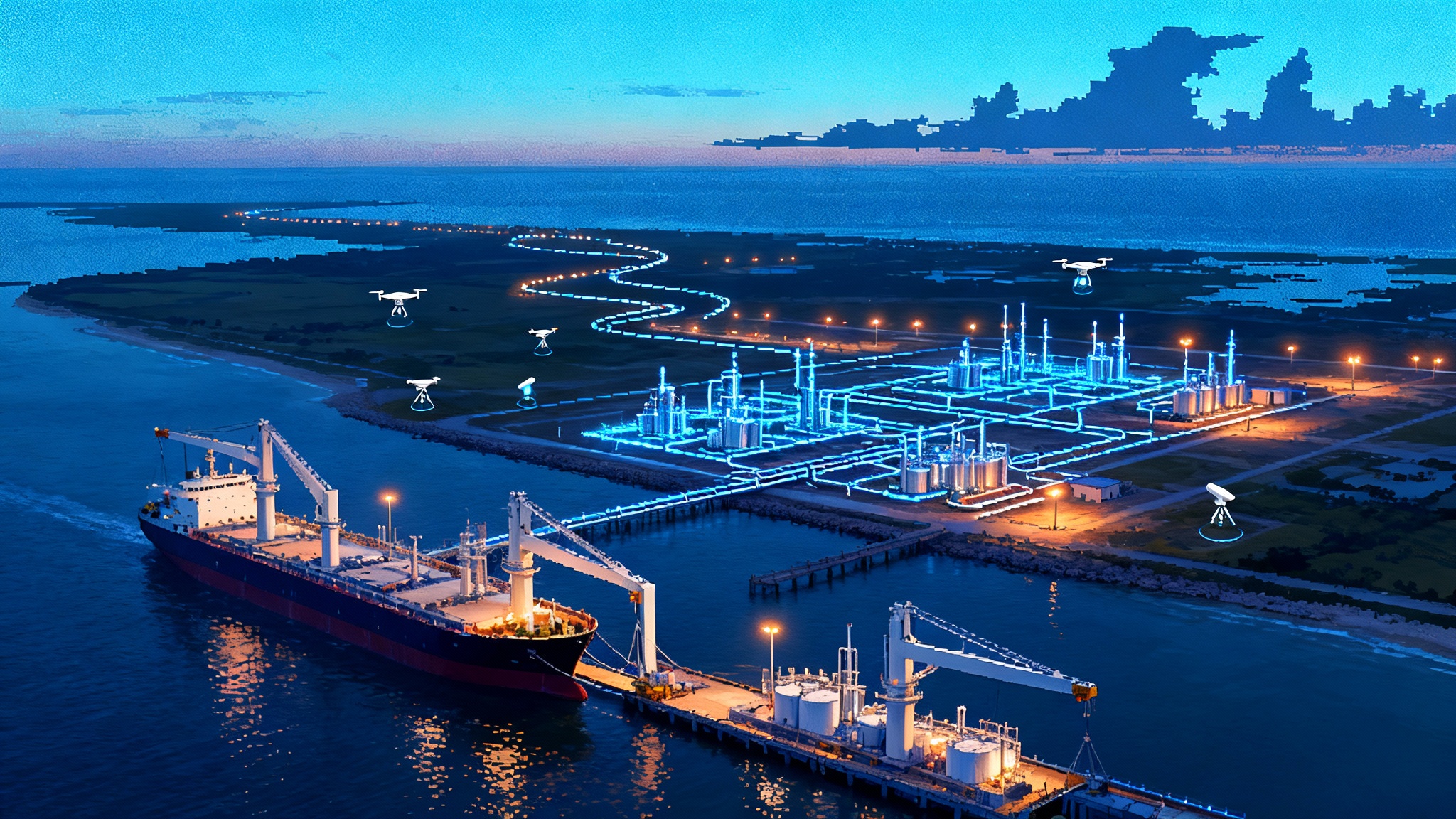
The pivot that rewired the market
The most important methane decision for U.S. oil and gas this year did not come from an environmental agency. It came from the border. In March 2025, Congress overturned the Environmental Protection Agency rule that would have implemented the Waste Emissions Charge on methane, and President Trump signed it on March 14. The rule’s disapproval under the Congressional Review Act effectively halted the fee for now. The underlying statute still exists, but the practical signal to operators is clear: there will be no federal levy collected in 2025. The center of gravity has shifted to buyers and ports, not Washington. For anyone tracking the chain of custody for methane, the crucial legal moment was the CRA disapproval signed March 14, 2025.
This shift also dovetails with how the LNG restart puts the Gulf back on offense, concentrating bargaining power at export hubs where European rules will bite first.
Europe’s Methane Regulation, formalized as Regulation (EU) 2024/1787, entered into application in August 2024 and begins binding import transparency obligations in 2025. Those obligations ramp again in 2027 when exporters to the European Union must demonstrate equivalent monitoring, reporting and verification, with methane intensity methodologies and thresholds rolling out by 2030. In effect, the European Union has become methane’s gatekeeper for internationally traded oil and gas. If you want to sail an LNG cargo into the bloc in 2027, you will need to prove how you measured methane and who verified it.
Brussels sets the new playbook
Europe’s rulebook is simple in concept and demanding in practice. It asks three questions of any supplier whose molecules touch the European Union:
- How do you measure methane across your assets, not just estimate it from engineering factors?
- Who verifies the numbers, and at what level of granularity?
- What do you do when you detect a leak, including timing for first attempt and full repair?
The answers are staged across a timeline that matters for dealmaking today:
- 2025: Importers begin filing structured disclosures on the methane practices of their suppliers. This is the contract trigger. European buyers will ask for data rights and pass-through obligations so they can file accurate reports.
- 2027: Exporters to the European Union must show monitoring, reporting and verification that is equivalent to European standards. In plain language, estimates are not enough. Measured inventories and credible verification become table stakes.
- 2028: Producers and importers begin reporting methane intensity using a standardized methodology set by the European Commission. The first comparable intensity numbers land, and buyers start benchmarking.
- 2030: Maximum methane intensity values take effect at the producer level. If you are above the threshold, access to the European market becomes constrained.
For U.S. producers and LNG exporters, this is not a compliance box to tick once a year. It is a standing condition for market access that climbs in stringency and transparency. With the domestic fee gone, Europe’s gate becomes the new price of admission.
The new race: OGMP 2.0 Level 5 and continuous monitoring
If the European Union set the finish line, the Oil and Gas Methane Partnership set the training regime. The United Nations framework known as OGMP 2.0 defines five reporting levels, with the highest status requiring reconciliation between bottom-up, source-by-source inventories and top-down, site-level measurements. That combination is what moves an operator from estimates to evidence. The target many buyers now name is OGMP 2.0 Level 5.
Level 5 does not mean a single satellite snapshot. It means a measurement system that captures real leaks, with frequencies and detection limits suitable to the facility, and a disciplined process to reconcile what instruments see with what engineers expect. Continuous monitoring, whether at a compressor station or on a gathering network, is the instrument set that makes Level 5 feasible at scale. It is also the difference between compliance theater and risk management. With continuous sensors, super-emitter events are measured in minutes, not quarters, and repairs are verifiable.
The upshot: the next two years are a sensor-and-verification arms race. Companies that reach Level 5 credibly will clear the 2027 European test with room to spare. Those that do not will negotiate from a position of weakness, paying a penalty in price, liquidity, or both.
What differentiated gas looks like in practice
Differentiated gas is not a logo or a press release. It is a contract structure. Picture a long-term LNG sale that references a methane intensity baseline at delivery, a verification protocol, and remedies that change price if performance drifts. The same can be done for pipeline gas delivered into a Gulf Coast hub.
Here is what is already emerging in buyer requests for proposals and master sales agreements:
- Measurement clause: Facility-level measurement plan including continuous monitoring at large sites, periodic aerial campaigns for smaller sites, and minimum detection thresholds.
- Verification clause: Third-party verification aligned to OGMP 2.0 Level 5, with agreed sampling, data access, and audit rights.
- Reporting clause: Producer provides data in machine-readable form on a set cadence so the importer can meet European filings.
- Performance triggers: Price adjustments tied to a methane intensity band, with fee-in-lieu for minor deviations and cure periods plus volume clawbacks for major deviations.
- Transparency clause: Right for the buyer to publish methane performance profiles without disclosing asset-level secrets. This creates the reputational flywheel that rewards credible performance.
These terms take methane from a reputational issue to an investability question. Producers who can sign these terms at scale will expand their customer set. Those who cannot will watch buyer lists shrink as 2027 approaches.
Who moves first: exporters, producers, and verifiers
- LNG exporters: Cheniere has already built emissions data programs into cargo documentation for some customers. Sempra, Freeport LNG, and NextDecade’s Rio Grande project court European utilities whose boards demand methane assurance. Venture Global and Golden Pass will face the same buyer expectations as their long-term contracts roll through the late 2020s.
- Large U.S. producers: EQT, Chesapeake, Devon, and ConocoPhillips have piloted or adopted third-party certification schemes and asset-level measurement campaigns. The leaders will standardize these efforts across basins and align the results with OGMP 2.0 reporting.
- Midstream operators: Williams, Kinder Morgan, and Energy Transfer control the gathering and processing chokepoints where leaks and venting can erase upstream gains. The winners will deploy continuous monitoring on compressors and fractionators and require low-bleed pneumatics across their networks. They will write methane performance into interconnect and handling agreements.
- Verifiers and tech providers: Expect brisk demand for aircraft surveys, drone inspections, and fixed sensors from names like Bridger Photonics, SeekOps, and Qube. The differentiator will be integration. Operators do not need another dashboard. They need a provenance layer that turns raw sensor feeds into verified disclosures and contract-grade performance.
The basin-by-basin shakeout
Not every molecule is equal in a world that prices methane risk. Basin characteristics will matter as much as company culture.
- Haynesville: Short pipe to the Gulf Coast and relatively young infrastructure make this dry gas basin a prime candidate for the first wave of differentiated gas into LNG contracts. Operators can roll out continuous monitoring on a manageable set of nodes and quantify intensity with fewer legacy surprises.
- Appalachia: Marcellus and Utica producers benefit from dry gas and long-standing leak detection programs. The bottleneck is pipeline capacity to the Gulf Coast. Producers with firm transport and a verified methane story can secure premiums in LNG-linked deals. Those without transport will still gain commercial advantage with Northeast buyers who are under pressure from European-style expectations.
- Permian: Associated gas is the double-edged sword. Volumes are huge, but so are the risks from high-activity pads, liquids-rich facilities, and older gathering systems. Flaring reductions have improved, yet methane performance will hinge on midstream coordination and continuous monitoring at compressor stations. The producers who centralize tank storage, electrify pneumatics, and instrument the gathering grid will make the Permian narrative investable for European buyers.
- DJ Basin and Colorado Front Range: Colorado’s stringent leak detection and repair and pneumatic controls create a regulatory floor that investors trust. Producers that pair this with OGMP 2.0 Level 5 will be first to sign methane-differentiated supply deals with European utilities.
- Bakken: Gas capture targets have tightened, but infrastructure remains spread over a large footprint. Super-emitter events from flaring malfunctions or liquids handling can dominate intensity. Bakken producers who invest in continuous monitoring and liquids vapor recovery will keep access to premium buyers. Those who do not will face a discount.
- Eagle Ford: Mature assets and improved midstream coordination help. The opportunity is to standardize continuous monitoring and replace remaining high-bleed pneumatics, then lock in long-term offtake with performance clauses.
The midstream rethink
Methane is a system problem. A producer can reduce pad leaks to near zero and still fail a European audit if a downstream compressor station vents unexpectedly for days. Midstream companies will therefore become co-authors of differentiated gas.
Three moves define the edge:
- Instrument the bottlenecks: Continuous sensors at compressor stations and fractionation units, plus automated alerts tied to maintenance tickets.
- Prove custody of emissions data: Chain-of-custody metadata that travels with molecules through gathering, processing, and transmission. Think lot numbers for gas, with attached methane intensity and timestamped verification.
- Share data without giving away the network: Aggregation and anonymization will let midstream firms give importers what they need while protecting route maps and capacity strategies.
Expect lenders to ask midstream borrowers for methane performance covenants by 2026. Grid constraints such as dynamic line ratings and grid needs will intersect with the routing of low-methane gas and the siting of monitoring.
States and buyers fill the vacuum
With the federal fee sidelined, states are back in the driver’s seat. Colorado already requires aggressive leak detection and pneumatic controls across segments. New Mexico’s rules require 98 percent gas capture by 2026 and ban routine flaring, pushing operators to detect and fix leaks rather than vent. Pennsylvania moved ahead of federal baselines for existing sources, which pressures Appalachian producers to upgrade equipment more quickly. This momentum mirrors a broader post-IRA state sprint for renewables, where state policy sets the pace for market behavior.
On the buyer side, European utilities will not wait for 2027 to practice. Contract renewals in 2025 and 2026 will introduce methane performance annexes on a provisional basis. That creates a flywheel: once one large buyer publishes a methane intensity target with a credible verification protocol, peers adopt similar language. The practice spreads to Asian buyers that re-export into Europe or simply want to align with the stricter standard.
Four plays for the next four quarters
If you operate or finance U.S. oil and gas, you can turn methane from a compliance burden into a competitive edge. Here is a one-year plan that meets the European calendar and gives you options in 2027.
- Build a measurement stack you can audit. Select a sensible mix of continuous sensors for large facilities, periodic aerial campaigns for the long tail, and handheld inspections for maintenance. Map each asset to a detection threshold and a cadence. Document every assumption that sits in your emissions inventory.
- Align now with OGMP 2.0. Use the framework to organize your data and set your target. Level 5 is a reconciliation discipline that forces the truth to the surface. That is what European buyers will pay for.
- Rewrite commercial templates. Add methane performance schedules to LNG sale and purchase agreements and gas supply agreements. Specify the data you will deliver, the verification you will accept, and the remedies you will live with. Make the methane annex as enforceable as your quality and heating value clauses.
- Prepare for price signals. Expect methane intensity to clear into the market in the form of basis-like adjustments. Start with internal transfer pricing that rewards assets with better intensity and funds upgrades where intensity is high. This helps you price cargoes and pipeline sales in 2026, when buyers begin publishing their own intensity benchmarks.
What leaders will do that laggards will not
Leaders will standardize continuous monitoring where it matters most, reconcile measurements with inventories every quarter, and release a methane performance report that matches what they tell lenders and buyers. They will work across the fence with midstream partners, because a single compressor station can make or break an LNG sales book.
Laggards will treat methane as a public relations item or as a compliance checkbox. They will push measurement into pilots and delay reconciliation until a buyer demands it. They will arrive in 2027 with a story based on estimates, not evidence, and watch terms move against them.
The end of the estimate economy
For a decade, methane management in oil and gas lived in an estimate economy. The domestic fee aimed to change that through a tax signal. With that fee nullified, Europe’s border has taken on the job, forcing a migration from estimates to measurements and from self-assertion to verification.
The practical result is hopeful for operators who like to compete. The best measured and the best verified will sell first and trade at better terms. Those that get to OGMP 2.0 Level 5 early will find that the European Union’s rulebook is not a hurdle but a moat around their contract book. In a market where molecules are plentiful, provenance is the story that clears. The buyer has become the regulator, and the winners will treat methane performance not as a cost center but as their license to grow.
